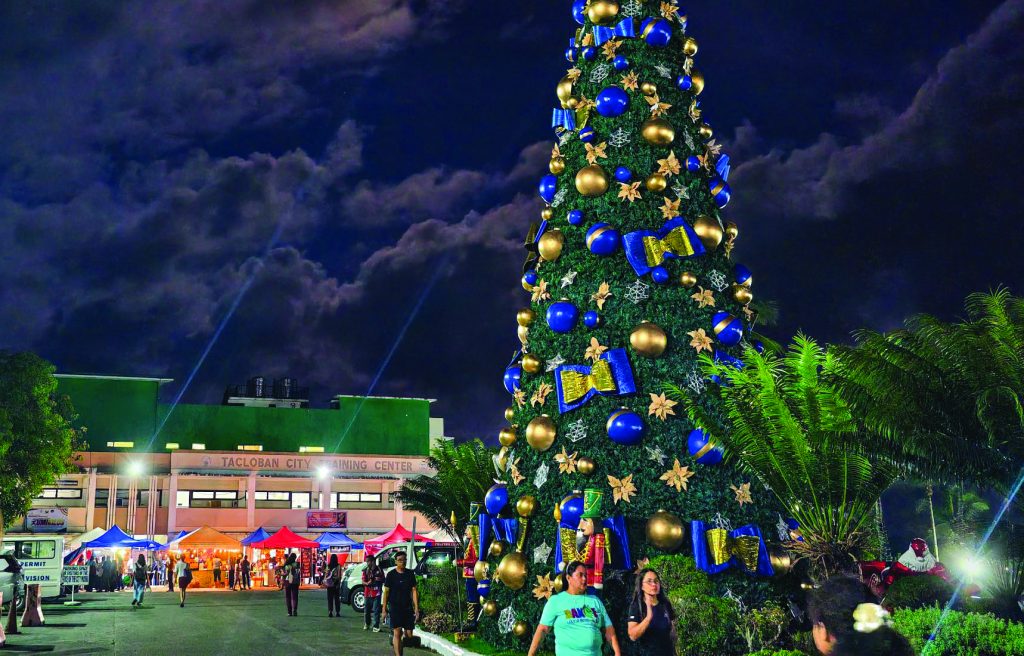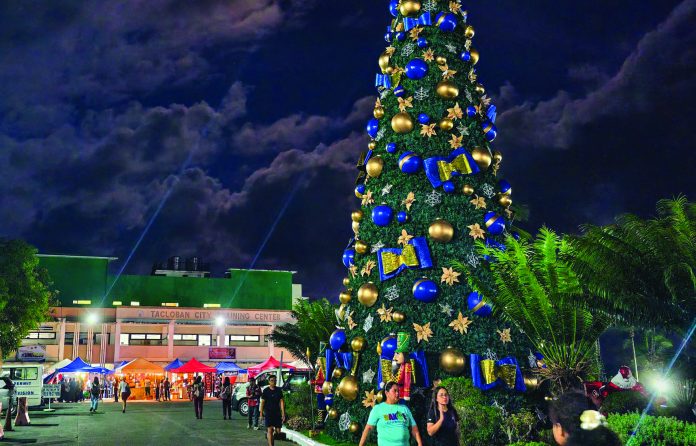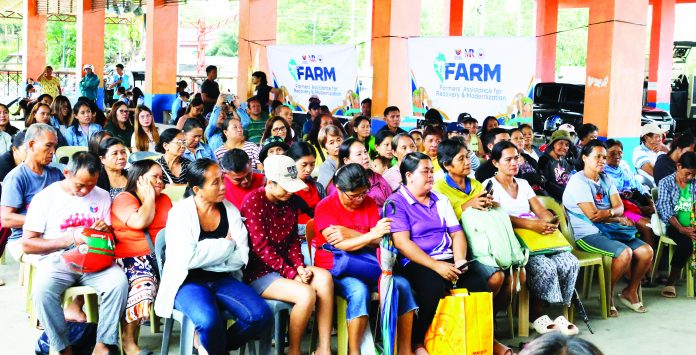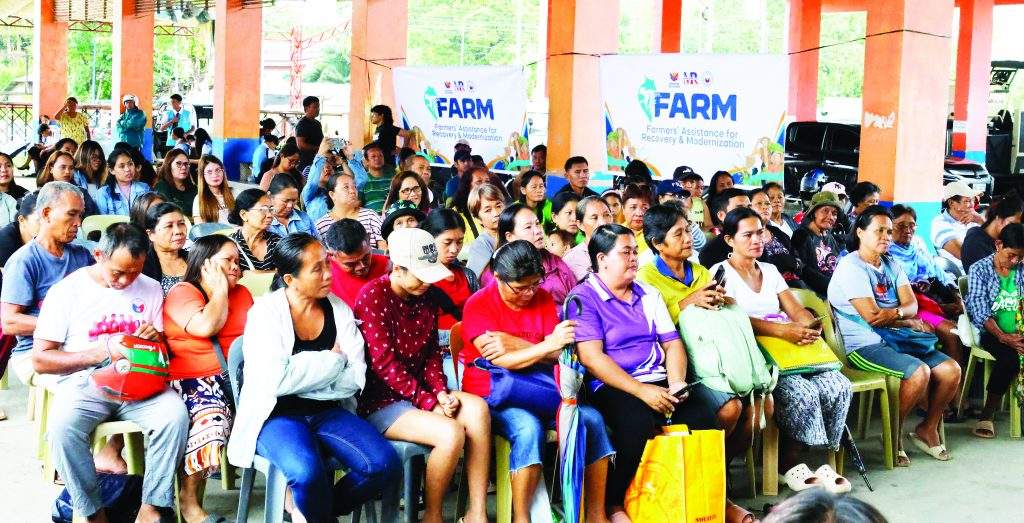
(DEFITINELY PINOY)
Citation from DOE
TACLOBAN CITY — Northern Samar has emerged as the country’s top local government unit in renewable energy (RE) development after being named the sole winner in the local government unit category of the Sustainable Energy Awards 2025—an annual national recognition given to institutions that advance clean and sustainable energy.
In a letter dated November 28, 2025, the Department of Energy (DOE) formally notified Governor Harris Christopher Ongchuan that Northern Samar was selected for demonstrating a “strong and sustained commitment to creating an enabling environment for the deployment of renewable energy within its jurisdiction.”
The awarding ceremony is scheduled for December 16, 2025, with Malacañang officials expected to attend.
DOE highlighted Northern Samar’s historic distinction as the first province in the Philippines to adopt a green-lane policy designed specifically for renewable energy investments.
The policy accelerates permitting and processing for RE developers while ensuring compliance with environmental safeguards and long-term sustainability standards—an approach that has made the province a preferred destination for large-scale RE projects.
Also cited was the province’s Corporate Social Responsibility (CSR) Ordinance of 2025, which institutionalizes community benefits from RE projects through employment, livelihood support, and other socioeconomic programs.
Jan Allen Berbon, who heads the Provincial Economic Development and Investment Promotion Office (PEDIPO), said the national award reflects the strong trust that RE investors now place in Northern Samar.
“As of today, we already have one onshore wind project in the development or construction phase, along with three more in pre-development,” Berbon said in an online interview Saturday, December 6.
He confirmed that these companies are now coordinating with the provincial government and preparing for full-scale operations.
Berbon noted that the province’s energy portfolio has significantly diversified over the past years: one hydroelectric power plant now supplying cheaper energy to the Northern Samar Electric Cooperative, three proposed solar farms, the first tidal energy project in Southeast Asia, and a newly proposed waste-to-energy facility.
“These initiatives position Northern Samar as a key contributor to the country’s clean energy goals,” he said.
Among the most advanced projects are the San Isidro Wind Power Project — a 206.25-MW facility by Lihangin Wind Energy Corp., recently granted grid-connection clearance.
Commercial operations target February 2026; Gemini Wind Power Project — a 304-MW, P20.2-billion investment by Vena Energy, covering 15 municipalities, with commissioning expected by December 2026; Northern Samar Hydroelectric Power Project — a 3.18-MW plant in San Isidro now reducing electricity costs and stabilizing supply; and offshore wind project by Copenhagen Infrastructure Partners (CIP) — a 650-MW facility currently in pre-development, with environmental and seabed assessments ongoing.
Berbon emphasized that Northern Samar’s transformation did not happen overnight.
The groundwork was laid during the administration of former governor and now Congressman Edwin Ongchuan, who promoted a “bio-circular-green economy,” encouraged eco-friendly investments, and linked tourism with environmental protection.
This environmental focus helped the province push for national recognition of its geological attractions and ongoing efforts toward UNESCO Geopark status.
He added that the current administration under Governor Harris Ongchuan has expanded this development path by prioritizing health, climate change adaptation, and employment generation, ensuring that clean energy growth directly benefits local communities.
With multiple wind, solar, hydro, tidal, and waste-to-energy projects now moving forward—supported by streamlined policies and strong investor interest—Northern Samar is positioning itself as a major renewable energy hub in the Visayas.
The DOE honor, provincial officials said, affirms not only the province’s progress but also its long-term commitment to clean energy, environmental stewardship, and sustainable development.
JOEY A. GABIETA





